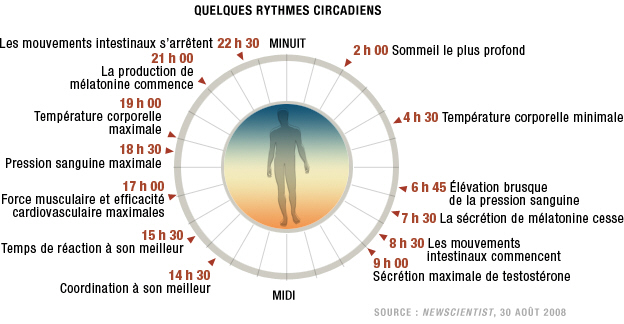The human sleep-wake cycle is regulated by two main processes. On one hand, we have an internal, biological clock that paces our sleep-wake behavior to an approximately 24h rhythm. Each cell of our body is subjected to this rhythmicity, but the main “conductor” of the orchestra is located in a specific, very small structure in our brain. This conductor generates our circadian rhythm (circa diem = approximately one day). On the other hand, the sleep homeostat tracks how much time we were awake and asleep. In other words, the longer we are awake, the higher is our sleep “pressure”.
The circadian and the sleep homeostatic process together determine when and how sound we sleep. However, several factors in our environment also play crucial roles. Importantly, the light-dark-cycle on earth is the most systematic environmental time cue for the sleep-wake cycle. If we are exposed to light, it travels from the retina of the eye via specific nerve fibers into the brain, more precisely to our circadian conductor, and impacts on our circadian system. Moreover, social cues, such as interaction with other people, can also act on our circadian system. Together, our environment interacts with our inner clock and generates a biological rhythm.
The scientific field that investigates biological rhythm is called “chronobiology”. In greek mythology, Chronos was the god of time. In this field, researchers are concerned with all aspects of our internal clock and the interaction with the environment, especially light. This field is of greatest interest for our everyday wellbeing, performance and general health. If our sleep-cycle does not follow our internal clock, for instance because of jet lag or shift work, several health disturbances can emerge. We then speak of a “circadian misalignment”. Especially if these circumstances are frequent or even chronic, the risk for psychological and somatic disorders such as depression, gastro-intestinal disturbances or cardio-vascular diseases increases.

To prevent or counteract such negative consequences, it is of major importance that the sleep-wake cycle is structured and adapted to optimally suit both individual needs and professional requirements. In other words, enough sleep must be obtained, and timing of sleep episodes should be carefully adapted to the individual situation.
For more information, feel free to consult : www.chronobiology.ch



